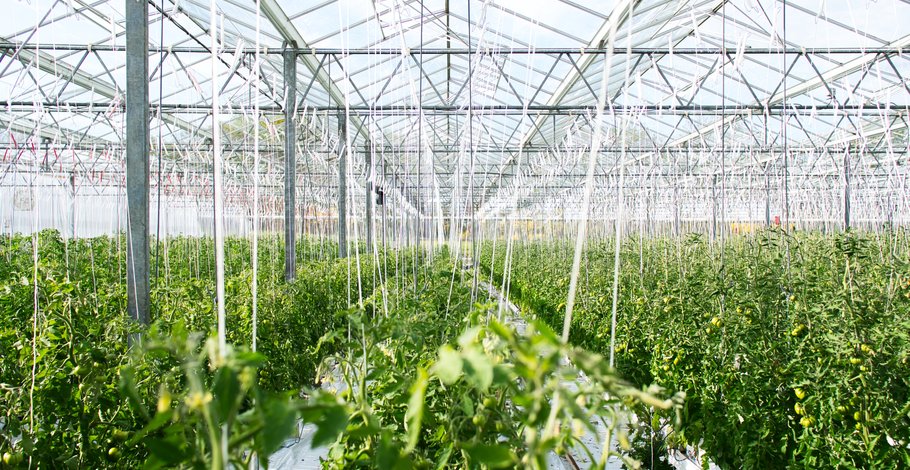
Kickstarting sustainable agriculture in arid regions
Article > Food security crisis in the desert provides an opportunity for a systemic transition
Feeding populations in the most arid regions of our planet has always been difficult, but in recent decades, it is turning into a serious food security crisis in large parts of the world. The Gulf Cooperation Council (GCC) region exemplifies this with an urgent challenge on food security. Arid countries face the depletion of fossil water sources, the increasing scarcity of fossil fertilizers, and more extreme climatic conditions, which leads them to outsource their food production. While increasing pressures on food production may trigger international security challenges, the surging demand also presents world leaders with an opportunity to improve existing agricultural systems. The challenges the arid regions face are systemic and need to be addressed with a systemic approach. How can we create a food industry that supplies food at scale inside arid regions? We looked at this challenge in a systemic way, outlining micro- and macro-scale impact solutions that have the potential to drive a positive change in both medium- and long-term.
As a result of the fossil water crisis, population increase, prosperity increase, and slow sector growth, exacerbated by looming climate change, the domestic agricultural sector in the GCC is set for an expiration date. With food being a primary necessity, food security is a core element to the creation of a resilient society. The world’s arid regions are struggling to maintain food security in an unfavorable environment. We witnessed these issues during our project in the Kingdom of Saudi Arabia and now aim to put them in the broader narrative of growing food in arid regions.
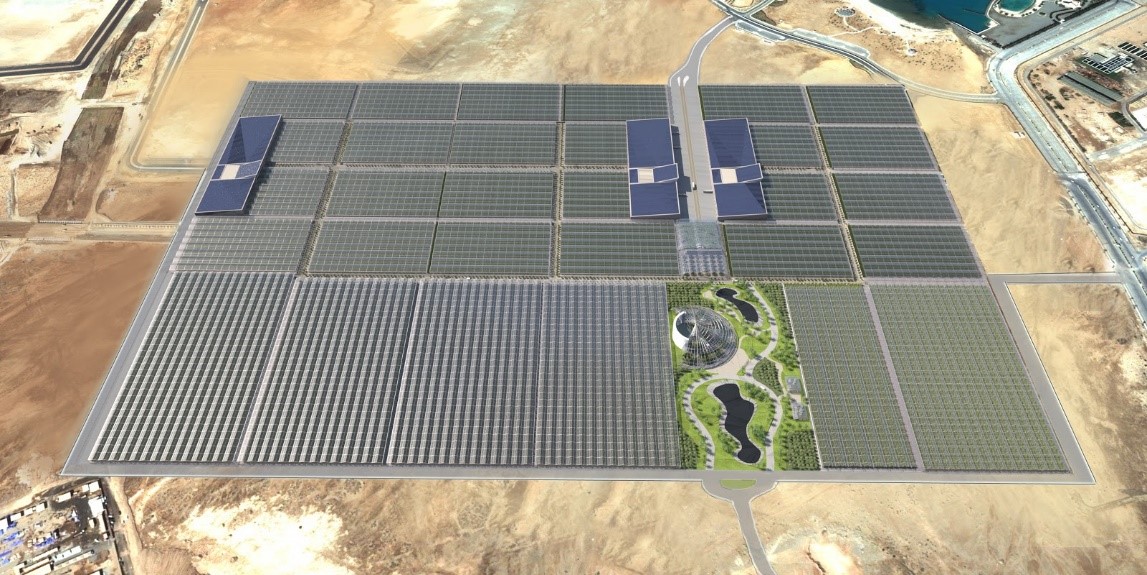
Growing food locally is a systemic change that can contribute to the sustainability of the food supply chain.
Worsening factors...
In Saudi Arabia, only 1.5% of the total land, approximately 1.000.000 hectares, qualifies as arable. The economic growth of the sector is low, with roughly 2.5% per year, which lags behind the growth in consumption, reducing food security every year.
Rapid population growth intensifies the challenges that stem from the GGC’s geographic location. The predicted 23% increase until 2030 means more than 12 million extra people to feed, of which the majority will be in KSA. Besides this, rising economic welfare will boost the demand for food, as well as dietary diversity.
Another factor that increases the severity of the issue is the energy transition. As many oil-producing countries commit to building a non-oil-based economy, their main source of income is likely to, at least temporarily, plunge. The energy transition can only become reality when a healthy economic alternative, based on other forms of value creation, advances. Relying on a majority of food imports is an unsustainable pathway.
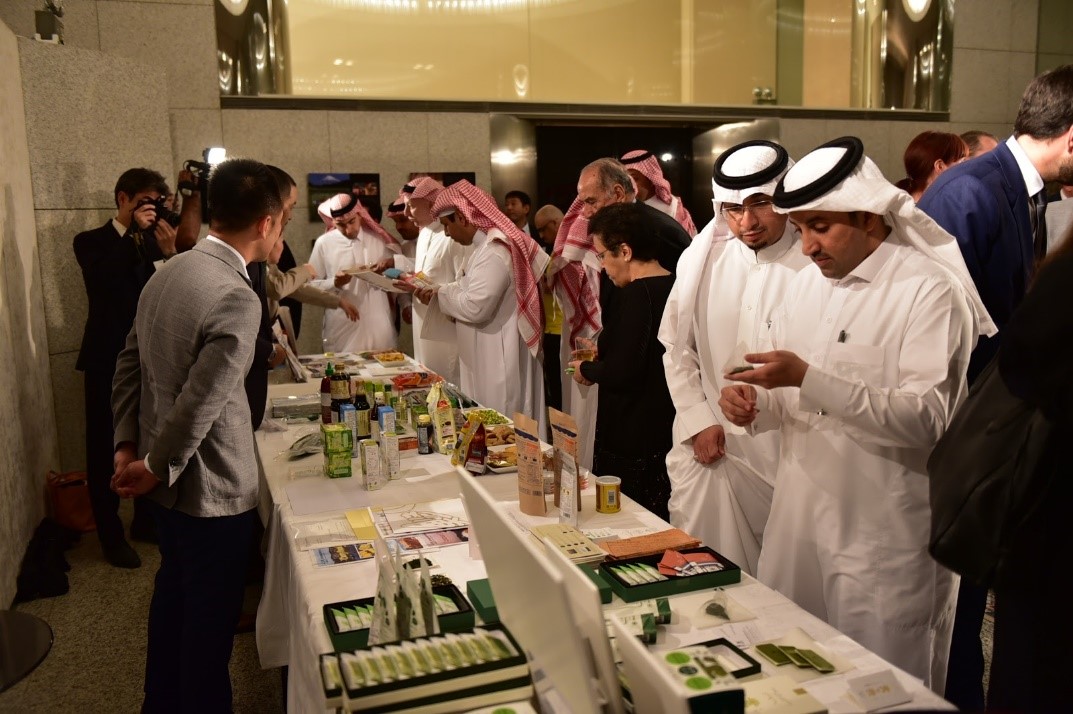
Saudi Arabia has the potential to use its economic transitions to strengthen its agricultural sovereignty.
...and worsening solutions
The existing solutions to improve the GCC’s food security only exacerbate, and are exacerbated by, climate change.
Fossil water crisis
Starting in the 1970s, the Saudi government set up a program tackling local production of food security by setting up a huge agricultural program. The efficient center-pivot irrigation system was rolled out on a wide scale, and drilling for fossil water started. This method of irrigation has a significant advantage in terms of efficiency over older methods of irrigation. Yet, still, only around 40% of the water ever reaches the crops with this method. For a short while, Saudi Arabia became a net exporter of wheat and other water-intensive crops during the 1980s.
Yet the main sources of irrigation water, the few large fossil water deposits, have been depleted by over 80% in roughly 30 years. In response, KSA’s government prohibited the use of fossil water for the growth of cereals and crops that are mainly used as animal fodder, such as alfalfa, in 2018.
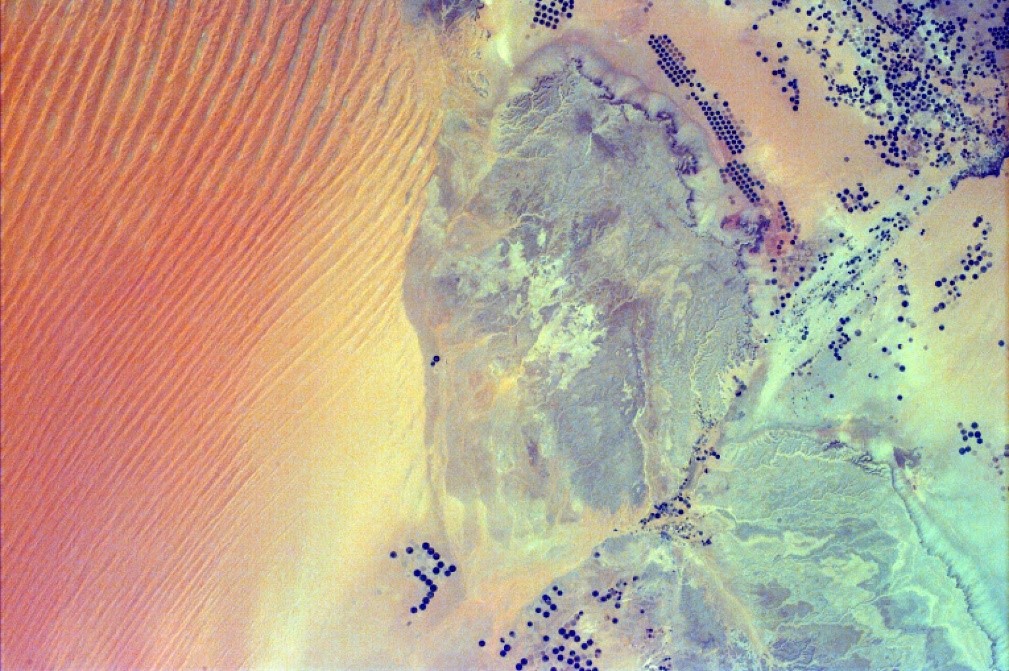
KSA desert crop fields.
Overdependence on imports
To ensure sufficient access to nutrition, countries need to supplement domestic production with imports. Income derived from fossil fuel exports facilitates this economically in the GCC region. Import covers over 80% of Saudi Arabia’s domestic food consumption, especially cereals.
Importing food is a solution that extends or outsources the problem instead of solving it. By prohibiting cattle crops domestically, the Saudi government forced companies to seek resources elsewhere. As a result, Saudi Arabian food giants have relocated their feedstock production with the purchase of 14.000 acres (5666 ha) of farmland in Arizona and California. While crop relocation may count as a short-to-mid-term solution, it de facto merely delays a crisis and shifts the problem to other areas. The export ventures employ the same water-intensive farming techniques, using finite water sources in equal measure. This replicates their domestic problem elsewhere and extends one expiration date with another.
Scaling up the possibilities
Food crises demand a serious effort to move towards a more local, sustainable agriculture that relies fully on renewable sources, usage of typically infertile land, and resource-effective production in extreme climate conditions. It may never be possible, or even desirable, to farm all food locally in the arid regions. Yet by adopting a systemic perspective, it is possible to outline solutions that have the largest potential for positive impact.
Every challenge holds a set of potential solutions, either short- or long-term. The place where these solutions overlap is called the solution space, and systemic long term answers reside within its boundaries.
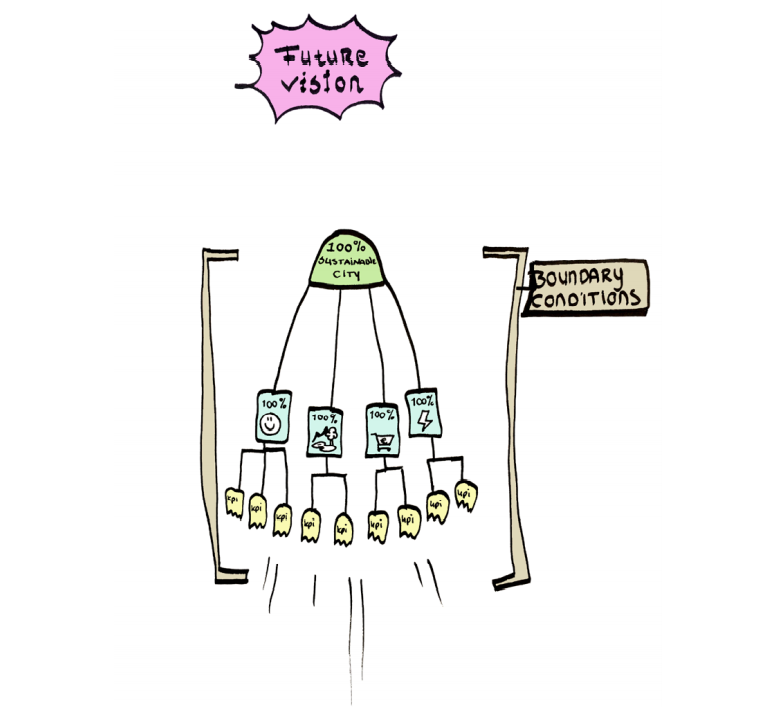
To identify the systemic solution space, we first need to identify system boundaries.
With the current state of technology, the crops that both have the most negative impact, and for which growing systems can be relatively easily adapted to the harsh arid climate, are fresh and perishable goods. The value of growing these foods locally lies in both ensuring the population’s access to a healthy diet, but also a significant reduction of the environmental impacts. Perishables, which constitute 20% of KSA’s imports, require fast cooled air freight and thus generate massive energy and CO2 footprints, while also being costly.
The solution space in the case of local food production in arid regions is a blend of various micro-level solutions during the transition period necessary to achieve macro-level ones. While de-desertification and desalination technologies have the greatest potential to yield a positive impact on the agricultural landscape of the GCC, their scaling up needs considerable systemic changes, including fiscal ones. Micro-solutions, on the other hand, are more easily adaptable yet have a smaller scale of impact.
Long-term goal - solutions on a macro scale
De-desertification
The most ambitious step towards sustainable domestic agriculture is de-desertification. Around the world, in many arid areas, mostly non-profit organizations work on improving the environment, with the backing of their governments. Environmental improvements include planting trees and shrubs that push back the desert, making the soil ready for natural biodiversity, and building or restoring the natural hydrological cycle. This is the only solution that is truly macroeconomic in scale, as it will allow not only for increasing the yield of perishable crops but also to improve the state of the domestic production of meat and dairy. Yet large-scale implementation of de-desertification requires orchestrated efforts, with governments playing a crucial role.
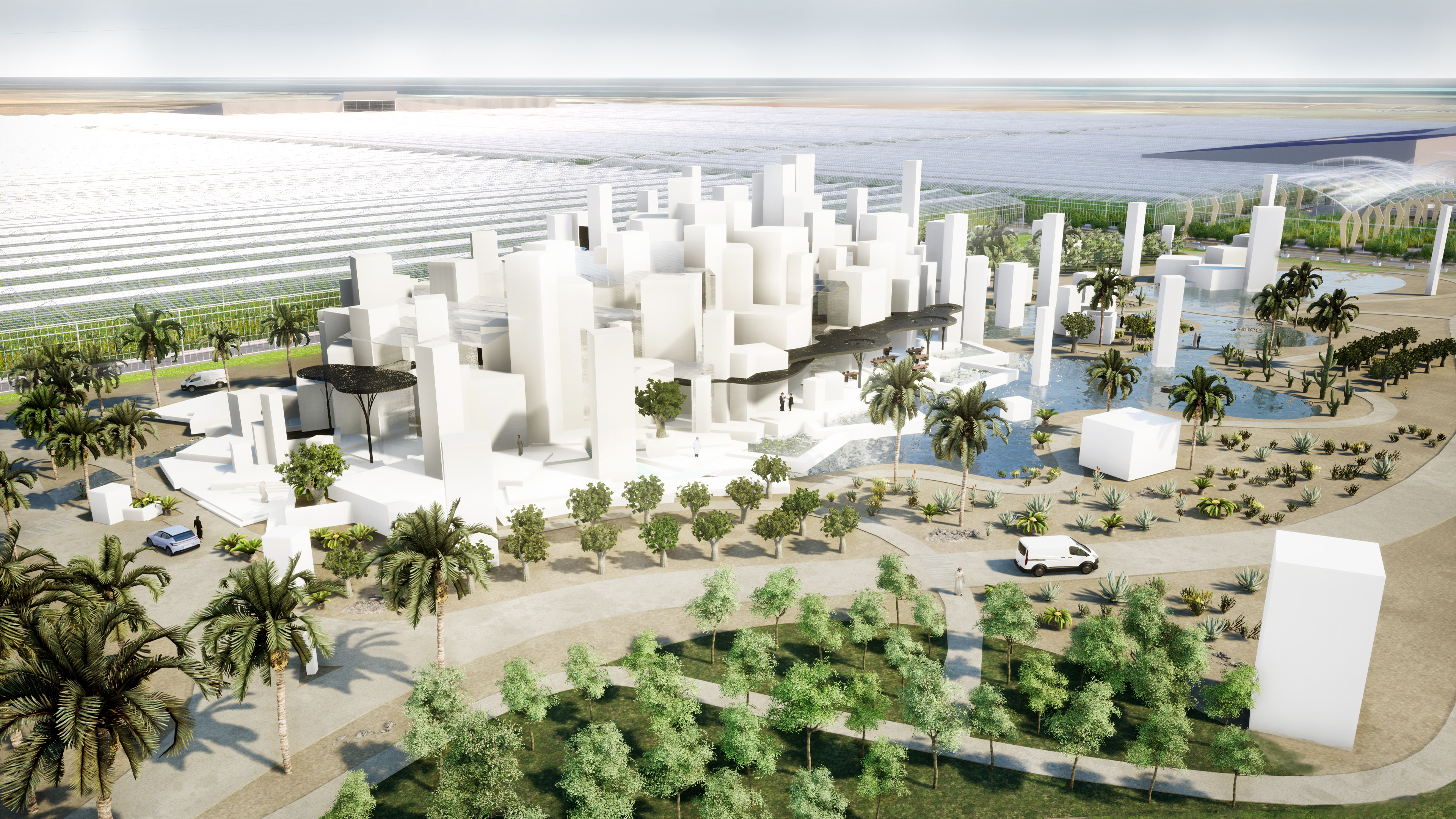
Combining de-desertification with greenhouse agriculture can significantly improve arid regions’ food security.
Desalination Technology
Reducing pressure on fossil water sources has to come from more abundant desalination of seawater. Desalinated water can be used for any type of crop, most efficiently perishables. As such, desalination reduces agriculture’s strain on freshwater, consequently improving water and food security. Yet, at the moment, typical desalination processes are highly energy-consuming. More efficient methods, such as reverse osmosis, forward osmosis, and multi-effect distillation combined with the use of waste heat, are becoming economically viable. The current energy shift worldwide also raises hopes that soon, desalination will be fueled by renewable energy. Once those challenges are overcome so that the process can happen sustainably, desalination offers a gateway for arid and semi-arid regions.
During the transition - micro impact solutions
Saline Agriculture
Saline practices open up options in terms of location and water tolerance. The resulting flexibility may bridge the gap in time until advancements in desalination allow for reaching sufficient freshwater capacity. The practices can additionally close freshwater capacity gaps. Many countries around the world are working towards crop stocks, using plant breeding, to grow to produce in partly saline soil. Such soil would conventionally be considered hazardous to crops. However, many crops already possess halophilic (salt-tolerating) genetic lines, including staple crops like tomatoes and potatoes. Specific varieties of carrots, red onions, barley, white cabbage, and broccoli have also proven to be partially salt-tolerant if grown in a specific way. While the market still needs to ready itself for this, alternative food crops such as more expansive use of seaweeds and sea kale are on the rise and subject to much experimentation around the world.
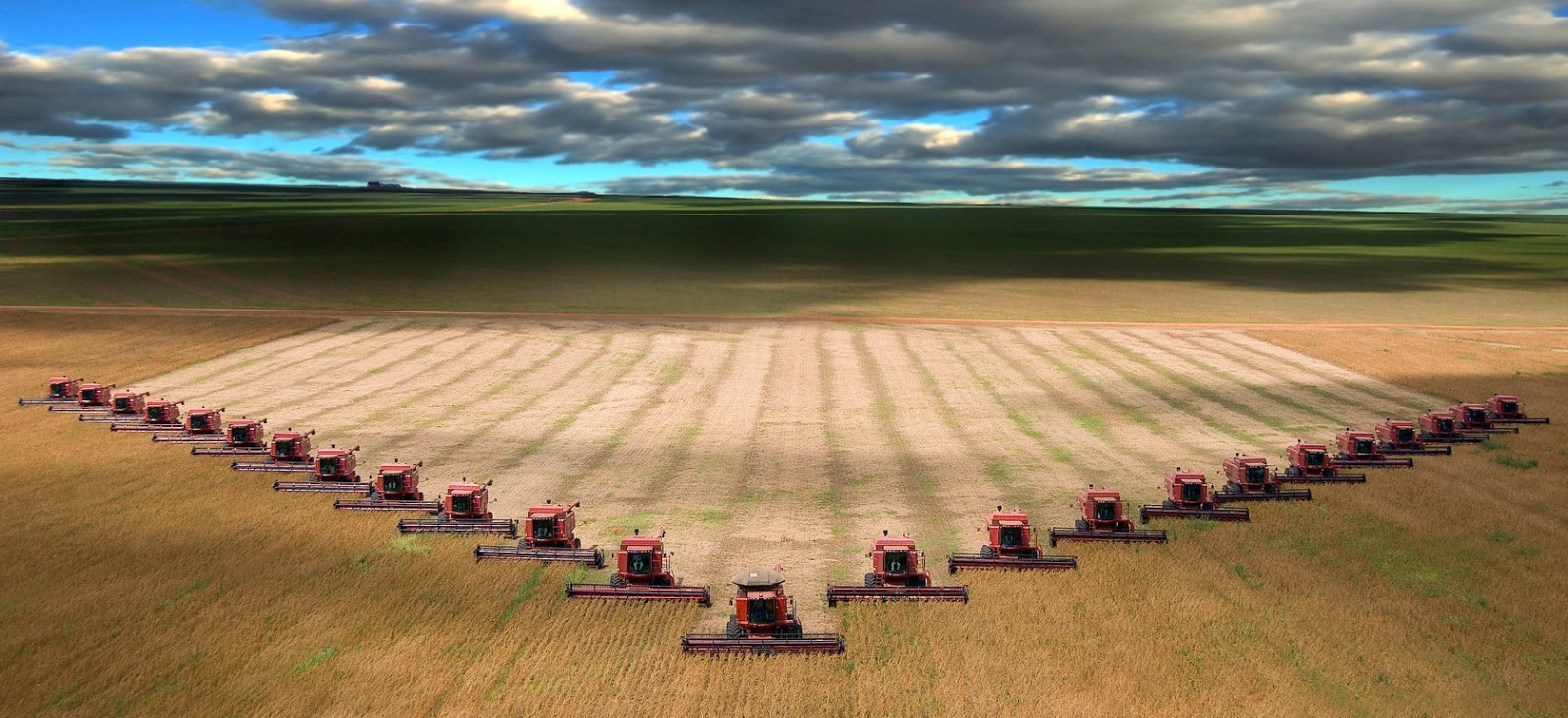
Large-scale, local agriculture in arid regions will have a global impact on sustainability of food chains.
Greenhouse horticulture
This solution can bring a part of the food production back to the arid countries by supplying them with specific crops, such as fresh fruit and vegetables, locally. Greenhouse horticulture is most commonly used to make the most of available resources, such as sunlight, as well as to shield the plants from the harmful elements in the environment and elongate the growing season. Originally, the method was used in areas where low temperatures did not allow for longer growing seasons, and for crops that were sensitive to the cold. Applying lights, heating, cooling, and air conditioning, as well as sophisticated watering systems and CO2 supply, have transformed greenhouses into flexible high-tech growing systems. In some cases, they can increase the productivity of a piece of land by over 400%. Increasingly, greenhouses appear in areas where the temperature is too high to grow efficiently. Cooling can increase the growing efficiency of the crops, as well as reduce the evaporation and thus the water use. A closed greenhouse can reduce water use by over 90% compared to outdoor cultivation.

A visualization of Serenity Farms, a greenhouse complex mixing high-tech green horticulture with renewable energy sources.
Plant Factories
Options to intensify crop density are increasingly available. Such options present a beneficial solution when it comes to climate control. Plant factories, unlike greenhouses, are solid buildings that can be integrated into the urban environment. Plants are vertically stacked under artificial light, in an entirely controlled environment. The growth rates, and with it the output volume, of these factories, are incomparably higher than those of open field practices. However, their crop selection is limited to leafy greens due to multiple growing levels being stacked under artificial lighting. This limitation may be overshadowed by the under-studied feasibility of this solution for a desert climate. Thanks to the specific features, such as insulation, high volume, and climate regulation, among others, plant factories can yield significantly higher results than other solutions. Their higher cost of both development and operations may prove inhibiting for feasible food production, except in high density areas where land footprint comes at a premium, or until these systems have been made sufficiently efficient.
Drip irrigation
The potential of drip irrigation as a medium-scale solution for field agriculture lies in its ability to replace the central pivot method. Increasing efficiency saves vital water resources, especially as losses of water through evaporation are responsible for the main fraction of water consumption in arid regions. Far less than 40% of sprayed water ever becomes available to the plant, even though practices that use spraying, including central pivot methods, are still prevalent. Drip irrigation provides a promising alternative and a bridge towards a more permanent solution. Although already widely applied within the urban environment, the method currently uses a mere fraction of its potential in open-field agriculture.
Serenity Farms
Serenity Farms is a project that plays a role to relieve pressures on both the macro and micro levels. Desalinating water with renewable sources of energy on the one hand and using sustainable, high-tech greenhouse horticulture on the other, Serenity Farms creates a domestic production capacity of high-quality produce. The design sets a precedent for a new generation of grass-roots solutions that contribute to sustainable agriculture in arid regions and a domestic source of fresh and healthy fruits and vegetables. However, solutions like these have their limitations. While Serenity Farms tackles the most impactful crop types, fresh fruit and vegetables, it cannot solve food shortages alone. Even when scaled up to their full potential, Serenity Farms stops short of tackling the domestic deficits in the form of cereals and meat industry fodder, which are unlikely to be solved domestically. True solutions, serving a global scale, will need to come from national and international governance, combining different approaches in a holistic system solution.
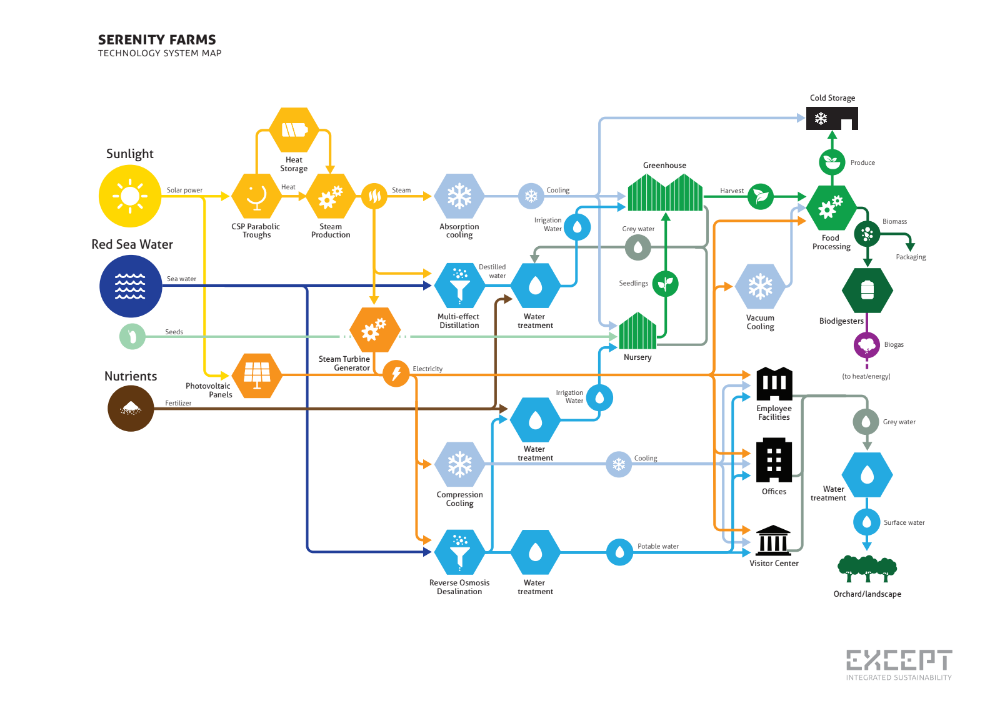
Technology system map for Serenity Farms.
Towards a systemic approach
Environmental concerns aside, the beauty of the transition towards sustainable, local agriculture is that it makes business sense. Each of the proposed solutions is scalable into relatively quick investment returns and profitability, and this trend will only increase with more research on growing food in arid regions coming to light. Strengthened domestic production, improved environment, and consistent profits - growing food in arid regions only creates winners. It is time for investors, farmers, and governments alike to grasp this opportunity. The first step towards activating this is to develop a systemic food security plan for each country, and rally investments into the right combination of approaches at the same time. The next few decades will be decisive for arid regions, and specifically the GCC. If no substantial investments are leveraged for improved domestic production, and development of a long term systemic plan, issues will only exacerbate until system failure. If the issue of food security is put at the forefront, however, the GCC can take leadership in food production solution in harsh climates, and take a strong non-oil economic position that the rest of the world is also in dire need of.
The article was written by Jacob Verhaart, Except's Head of Science, and Jon Woning, Except's Biotechnologist; and edited by Zuza Nazaruk, Except's Creative Communicator.
Comments or reactions can be sent to info@except.nl
References
Camels Don’t Fly, Deserts Don’t Bloom
Climate change and water scarcity: the case of Saudi Arabia
Saudi Arabia - Ban on green fodder cultivation comes into effect
Contact
Zuza Nazaruk
Creative Communications
 +31 10 7370215
+31 10 7370215
